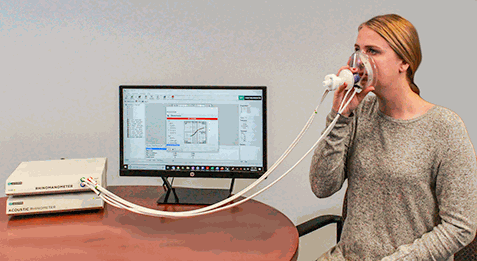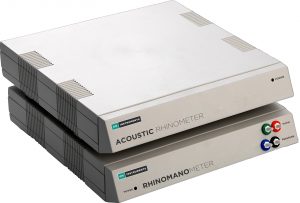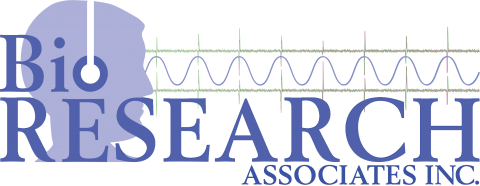Rhinomanometry and Rhinometry Together
Nasal Airway Form and Function

Rhinometers and Rhinomanometers allow non-invasive nasal examination in adults and children to give the clinician a clear look at the nasal airway and gives insight to how well the patient can breathe through their nose.
NARIS uses a sound pulse technique and flow pressure measurements to provide a thorough examination of the nasal cavity including structure, nasal function and gives insight to pre/post comparisons.

How it Works
The Rhinometer measures the echo location boundary of the nasal cavity from the nasal valve to the back of the sinuses via reflections of the sound pulse produced by changes in the cross-sectional area within the nose. This allows the dentist to understand if any obstruction will impede the success of OSA treatments. The Rhinomanometer measures nasal airway resistance by recording the volume and pressure of the air moving through the anterior or posterior parts of the nasal cavity and sinuses.
These measurements are critical to the dentist who needs to know if nasal any obstructions will impede the success of OSA treatments. Seeing constrictions due to nasal valve collapse, inflammation, deviated septum’s, and allergies helps the clinician properly diagnose, treat and potentially cross refer patients to ENT and allergists for maximum treatment success.
